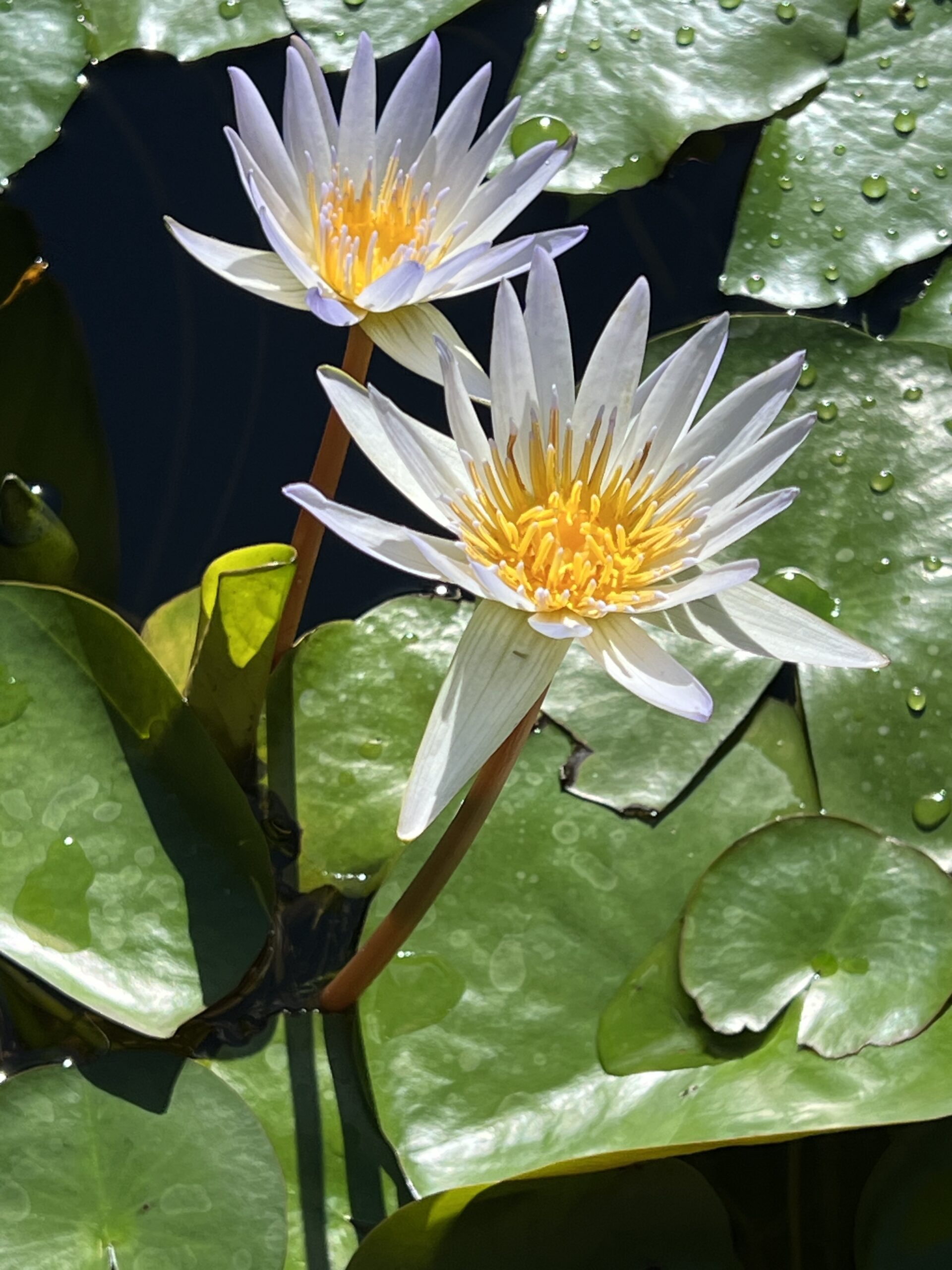“Pass the puck, not the buck.” (said no one, but it bears considering)
The other day I was talking with our adult daughter (via Bluetooth, of course) as she drove her son to hockey practice, back home in B.C. COVID rules dictate that our grandson change into his gear in the car (thankfully it was a cool but dry PNW day) and this reminded me, yet again, of how much our lives have changed in the past twelve plus months. Though so much has been circumscribed by the dreadful COVID virus, the coaches and parents have gone to great lengths to sustain Canada’s national winter game for its keen young players.
In turn, thoughts of hockey reminded me of my passion for the Edmonton Oilers hockey club during their dynasty in the 1980s, when history-making Wayne Gretzky led the team. What stood out about the “Great Gretzky” was his ability to anticipate where the puck was going, particularly in a face-off, and his uncanny accuracy in shooting and passing. He is quoted as saying, “A good hockey player plays where the puck is. A great hockey player plays where the puck is going to be.” And he did just that. It was a pleasure to watch him streak down the ice, position himself where the puck was going to be, and, often as not, pass it to another player to give them the glory of scoring. This strategy of passing the puck struck me as the antithesis of an all-too-common practice of passing the buck, not taking responsibility for one’s mistakes or misdeeds, and/or making the consequences someone else’s problem.
When I first started blogging I had two objectives. One was to promote the idea of leading an examined life, consistently reflecting in one’s journal and being accountable for one’s impact on the planet. Without the latter, without a practice of tracking my footprints, I can’t possibly achieve my second objective which is to set out my personal “rules to live by”, my values and beliefs that stand up to the scrutiny the Buddha taught via his instruction to “…deliberate and analyze, and if it agrees with reason and conduces to the good of one and all, then believe it and live up to it.”
One of these beliefs is that of taking responsibility for my thoughts and feelings, words and deeds, and for the effects of these on the people and environment around me. In Hawaiian culture, the word for this practice is “kuleana”:
“Kuleana is the Hawaiian word meaning ‘responsibility’. Kuleana encourages us to be accountable for all that we do. It is the ’ability to respond’ to whatever is happening. Those who live the value of kuleana know that their happiness is dependent on what happens inside of them, not outside. They choose how they react to circumstances, not let the circumstances determine how they feel. When we live with kuleana, we do our part to take care of ourselves, our communities, and the environment.” (”Naturally Hawaïi” website)
To modify Gretzky’s comment, it could be said that good kuleana is about cleaning up my own back yard. And great kuleana is about helping my neighbours clean up theirs. And so on down the street, until everybody’s yard is clean. Granted, this sounds like a pipe dream, so I asked myself how this could apply to me, in “real time”. In what way could I use my skills and resources to the advantage of the people around me?
I look to other people’s examples for ideas. One friend is building a house on wheels, a “Tiny House”, as it is called, for Habitat for Humanity, to house families displaced by the December 2020 eruption of Kilauea. Another friend has created a plastics recycling business called “Upcycle Hawaii”, that, among other initiatives, regularly volunteers to clean up plastic debris from Kamilo Bay on the south shore of the island, which is dubbed one of the dirtiest beaches in the world. And yet another friend has helped create a sustainable rum ‘agricole’ business (aptly named ‘Kuleana’) that has revived the almost-obsolete Hawaiian tradition of extracting fresh sugarcane juice to distill into their rum products. Only 3% of the world’s rum is made in this ‘artisanal’ way, which both provides jobs and preserves a colorful piece of Hawaïian history.
An idea that has been percolating around in my own mind is to get more involved in paper “repurposing”. Since the Big Island does not recycle the reams of copier papers etc. that end up in the trash heap, I’m wondering how best to address this recycling deficit. Having been to Egypt in the past half-decade I am painfully aware of what happens when garbage takes on a life of its own. A case in point, there is an actual “Garbage City”, formally known as Manshiyat Naser, in Cairo. You can google it. It is a place where the pooorest-of-the-poor inhabitants are trying to create an economy out of the things that other people throw away. That’s what I’d like to do with paper.
Whether it’s by something as small as lending a shoulder to a person burdened with worry, or aiming for something more tangible, like housing for displaced families, one can practice kuleana wherever one happens to be. As Walt Disney once said: “The way to get started is to quit talking and begin doing.”
Or, as my mother used to say: “Do something, even if it’s wrong.” I have a wealth of experience with the latter. Witness my pine needle faux pas with the compost. Which is when the Kuleana rum comes in handy…
